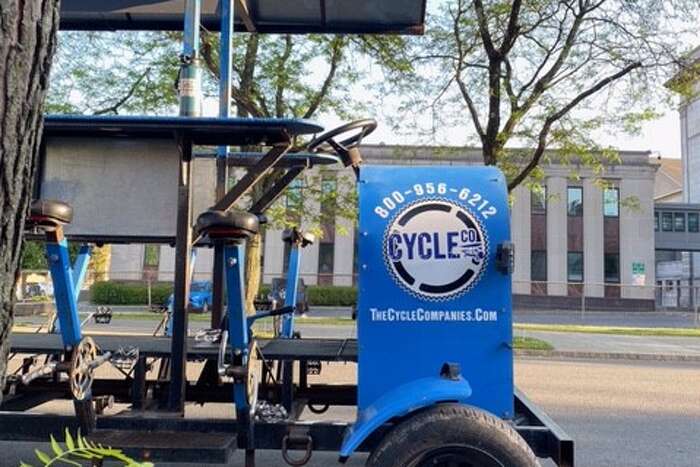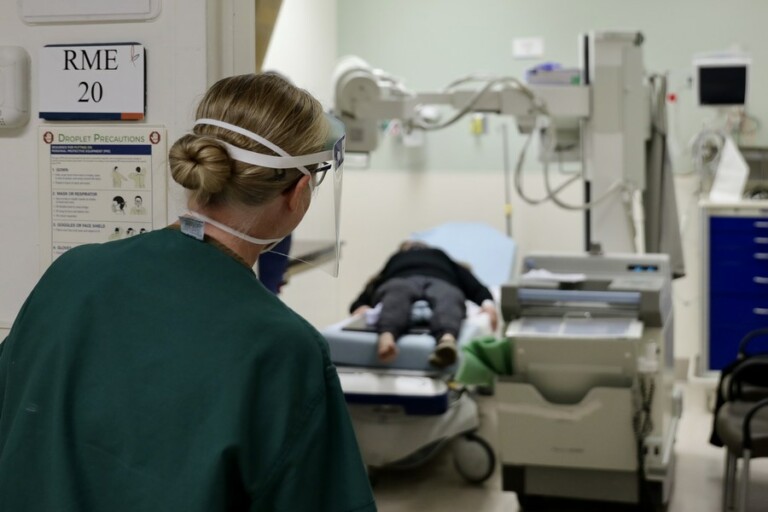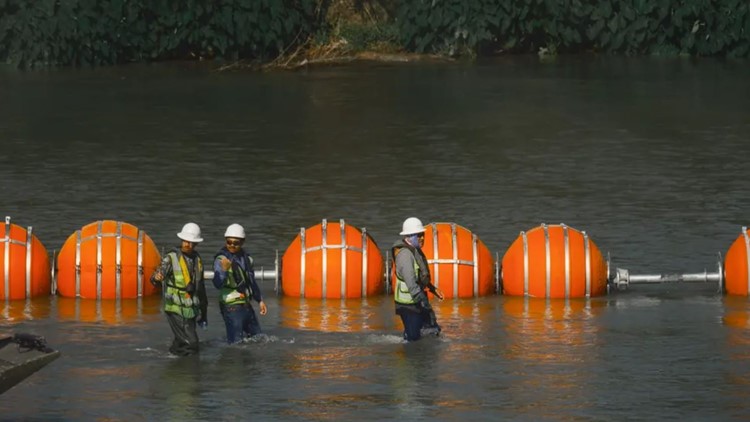Human remains are at the center of tangled litigation involving a major regional health care system and the company contracted to dispose of its medical waste.
Monarch Waste Technologies sued Sanford Health and the subsidiary responsible for delivering the health care system’s medical waste, Healthcare Environmental Services, saying the latter “brazenly” deposited a human torso hidden in a plastic container to Monarch’s facility in March. Monarch discovered the remains four days later after an employee “noticed a rotten and putrid smell,” according to the company’s complaint.
Monarch rejected the remains and notified North Dakota’s Department of Environmental Quality, which is investigating. An agency spokeswoman declined to comment during an active investigation.
The Texas-based company also claims an employee of Sanford Health’s subsidiary deliberately placed and then took photos of disorganized waste to suggest that Monarch had mismanaged medical waste, part of a scheme that would allow the subsidiary to end its contract with the facility.
“Put simply, this relationship has turned from a mutually beneficial, environmentally sound solution for the disposal of medical waste, and a potentially positive business relationship, to a made-for television movie complete with decaying human remains and staged photographs,” Monarch’s complaint states.
In its response, Sanford Health has said the body part was “clearly tagged” as “human tissue for research,” and “was the type of routine biological material inherent in a medical and teaching facility like Sanford that Monarch guaranteed it would safely and promptly dispose (of).”
Sanford described the body part as “a partial lower body research specimen used for resident education in hip replacement procedures.” A Sanford spokesman described the remains as “the hips and thighs area” when asked for specifics by The Associated Press.
Monarch CEO and co-founder David Cardenas said in an interview that the remains are of a male’s torso.
“You can clearly see it’s a torso” in photos that Monarch took when it discovered the remains, Cardenas said.
He cited a state law that requires bodies to be buried or cremated after being dissected. He also attributed the situation to a “lack of training for people at the hospital level” who handle waste and related documentation.
Cardenas wouldn’t elaborate on where the body part came from, but he said the manifest given to Monarch and attached to the remains indicated the location is not a teaching hospital.
“It’s so far from a teaching hospital, it’s ridiculous,” he said.
It’s unclear what happened to the remains. Monarch’s complaint says the body part “simply disappeared at some point.”
Sanford Health’s attorneys say Healthcare Environmental Services, which is countersuing Monarch and Cardenas, “never removed body parts” from Monarch’s facility, and that Monarch “must have disposed of them.”
The Sanford spokesman told the AP that “the specimen was in Monarch’s possession when they locked Sanford out of their facilities.”
“All references to a ‘torso’ being mishandled or missing are deeply inaccurate, and deliberately misleading,” Sanford said in a statement.
Sanford said Monarch’s lawsuit “is simply a retaliation” for the termination of its contract with the health care system’s subsidiary “and a desperate attempt by Monarch to distract from its own failures.”
Cardenas said he would like there to be “some closure” for the deceased person to whom the remains belonged.
“I’m a believer in everything that God created should be treated with dignity, and I just feel that no one is demanding, ‘Who is this guy?’ ” he said.







